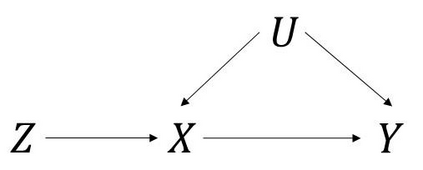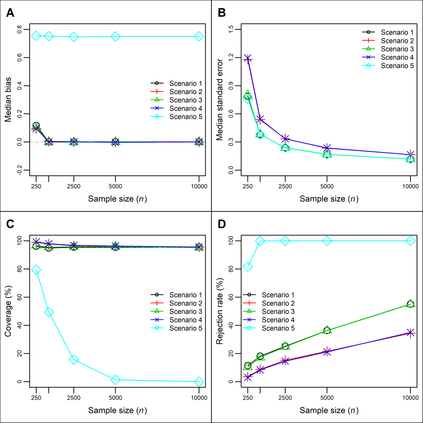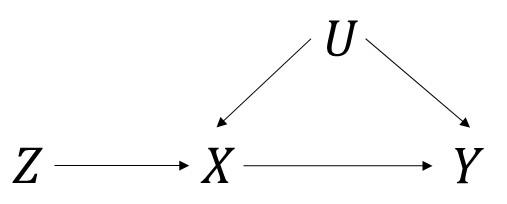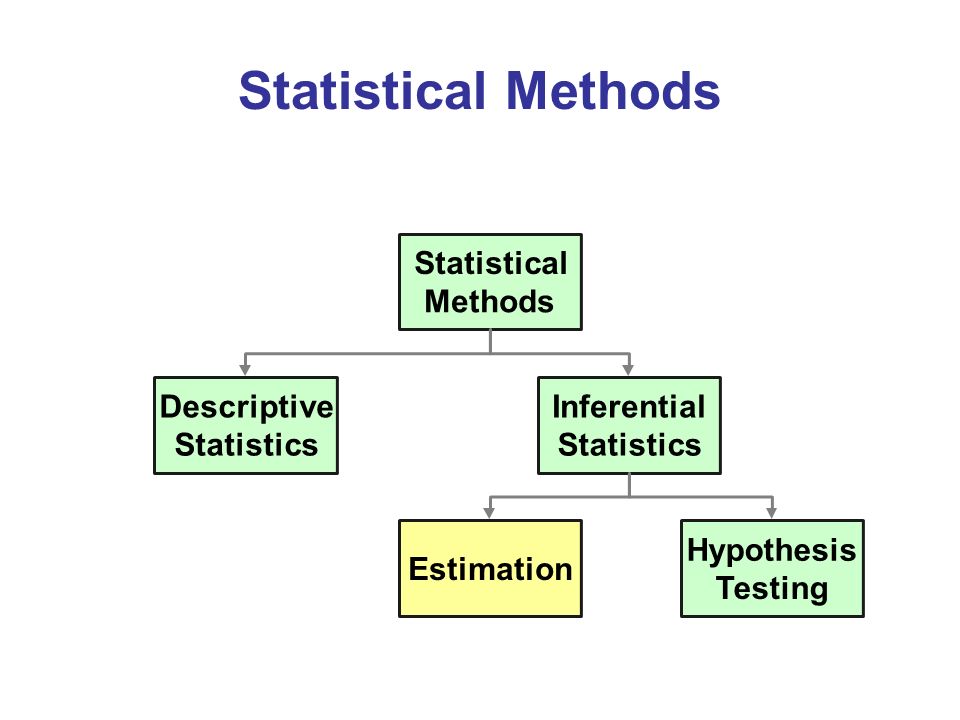Instrumental variables (IVs) can be used to provide evidence as to whether a treatment X has a causal effect on Y. Z is a valid instrument if it satisfies the three core IV assumptions of relevance, independence and the exclusion restriction. Even if the instrument satisfies these assumptions, further assumptions are required to estimate the average causal effect (ACE) of X on Y. Sufficient assumptions for this include: homogeneity in the causal effect of X on Y; homogeneity in the association of Z with X; and No Effect Modification (NEM). Here, we describe the NO Simultaneous Heterogeneity (NOSH) assumption, which requires the heterogeneity in the Z-X association and heterogeneity in the X-Y causal effect to be independent. We describe the necessary conditions for NOSH to hold, in which case conventional IV methods are consistent for the ACE even if both homogeneity assumptions and NEM are violated. We illustrate these ideas using simulations and by re-examining selected published studies.
翻译:仪器变量(IVs)可用于提供证据,证明一种处理X是否对Y.Z.具有因果关系,如果它符合相关性、独立性和排除限制这三个核心四假设,则Z.是一个有效的工具。即使文书符合这些假设,也需要进一步假设来估计X.对Y.的平均因果关系(ACE)。 这方面的充分假设包括:X.对Y.的因果关系的同质性;Z.与X.的同质性;和无效果改变。这里,我们描述了NO同质异质性(NOSH)假设,要求Z-X协会的异质性和X-Y因果关系的异质性是独立的。我们描述了NOSH.(ACE)保持平均因果关系的必要条件,在这种情况下,即使同质性假设和NEM(NEM)都受到侵犯,常规四方法对ACE是一致的。我们用模拟和重新分析选定的已发表的研究来说明这些想法。







